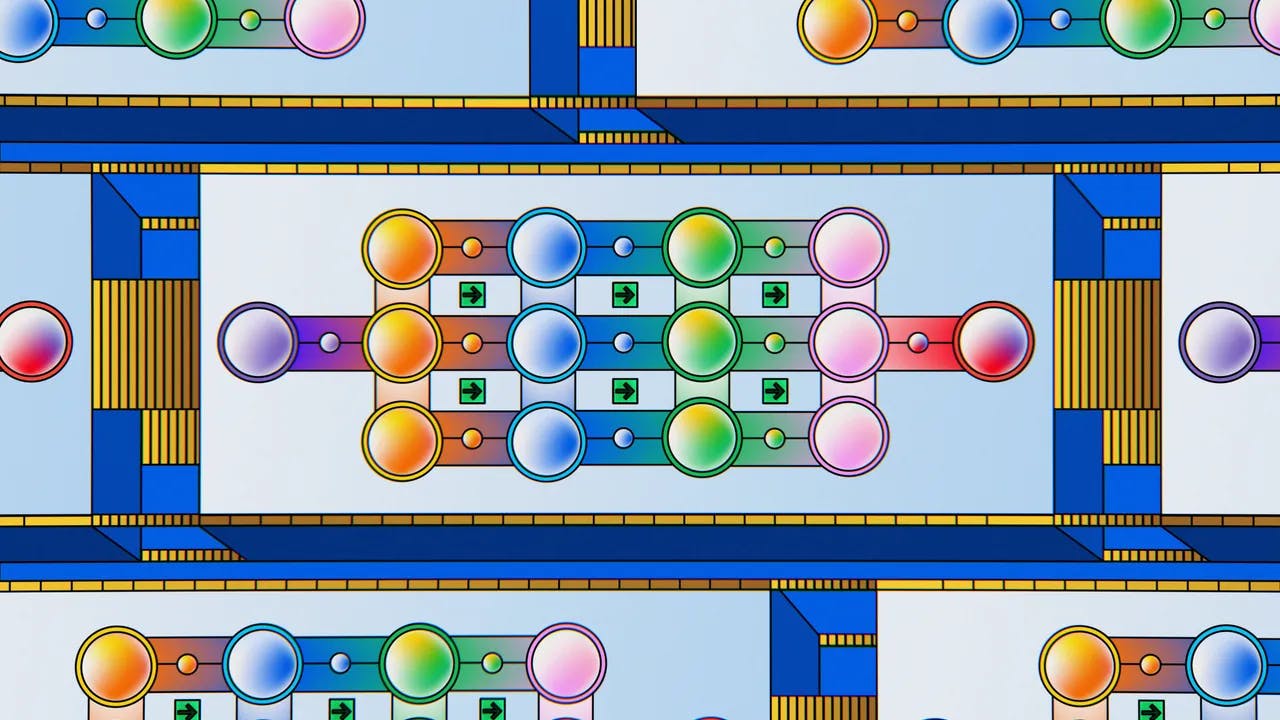Understanding the Basics of Web Design for E-commerce
In today's digital age, having an online presence is crucial for any business, especially for those involved in e-commerce. A well-designed website can make or break an online business. It not only attracts customers but also ensures a smooth user experience, leading to higher conversion rates. In this blog post, we will explore the basics of web design for e-commerce and how to create a website that drives sales and enhances customer satisfaction.
The Importance of Web Design for E-commerce
Before diving into the specifics of web design for e-commerce, let's first understand why it is so important. A poorly designed website can deter potential customers, resulting in lost sales and a negative brand image. On the other hand, a well-designed website can instill trust, engage visitors, and encourage them to make a purchase.
-
First Impressions Matter: When a visitor lands on your website, you have just a few seconds to make a positive impression. A visually appealing and professional design can grab their attention and make them want to explore further.
-
User Experience: A seamless and intuitive user experience is crucial for e-commerce success. Visitors should be able to easily navigate your website, find products, and complete the checkout process without any hassle. A well-designed website ensures that visitors have a positive experience, increasing the likelihood of repeat purchases.
-
Trust and Credibility: A website that looks outdated or unprofessional can raise doubts about the legitimacy and trustworthiness of your business. A modern and well-designed website, on the other hand, builds credibility and trust, making customers more likely to buy from you.
-
Mobile Responsiveness: With the increasing use of smartphones, it is essential to have a website that is optimized for mobile devices. A responsive design ensures that your website looks and functions seamlessly across different screen sizes, providing a great user experience for mobile users.
Now that we understand the importance of web design for e-commerce, let's explore the key elements that contribute to an effective e-commerce website.
Key Elements of E-commerce Web Design
-
Clear and Intuitive Navigation: A well-designed navigation menu is essential for helping visitors find what they are looking for. Use clear and descriptive labels for your menu items and consider implementing a search bar for easy product discovery.
-
Consistent Branding: Your website should reflect your brand identity consistently. Use your brand colors, fonts, and logo throughout the website to create a cohesive and memorable experience for visitors.
-
High-Quality Product Images: In e-commerce, visuals play a crucial role in influencing purchase decisions. Use high-resolution product images that showcase your products from different angles. Consider implementing zoom functionality to allow visitors to get a closer look at the products.
-
Compelling Product Descriptions: Well-written and persuasive product descriptions can help customers understand the benefits and features of your products. Use clear and concise language, highlight key selling points, and include relevant keywords to optimize your product pages for search engines.
-
Streamlined Checkout Process: The checkout process should be simple, intuitive, and secure. Avoid asking for unnecessary information and provide multiple payment options to accommodate different customer preferences. Implement trust signals such as security badges to reassure customers about the safety of their personal information.
-
Customer Reviews and Testimonials: Displaying customer reviews and testimonials can instill trust and provide social proof. Consider integrating a review system that allows customers to leave feedback and ratings for your products.
Web Design Best Practices for E-commerce
Now that we have covered the key elements, let's delve into some best practices to optimize your e-commerce website for success.
-
Optimize Page Loading Speed: Slow-loading websites can lead to high bounce rates and lost sales. Optimize your website's performance by compressing images, minimizing code, and leveraging caching techniques. Use tools like Google PageSpeed Insights to identify areas for improvement.
-
Implement Responsive Design: As mentioned earlier, mobile responsiveness is crucial in today's mobile-dominated world. Ensure that your website is fully responsive and provides a seamless experience across different devices and screen sizes.
-
Simplify the Checkout Process: A complicated and lengthy checkout process can result in cart abandonment. Streamline the process by minimizing the number of steps required and offering guest checkout options. Implementing a progress indicator can also help users understand how far they are in the process.
-
Optimize for Search Engines: To attract organic traffic, it is important to optimize your website for search engines. Conduct keyword research and incorporate relevant keywords into your product descriptions, meta tags, headings, and URLs. Create unique and informative product titles and meta descriptions to improve click-through rates from search engine result pages.
-
Ensure Cross-Browser Compatibility: Test your website on different browsers and devices to ensure that it displays correctly and functions seamlessly across all platforms. This will help you reach a wider audience and provide a consistent experience for all users.
Conclusion
In the competitive world of e-commerce, web design plays a crucial role in attracting and retaining customers. By following the basics of web design for e-commerce and implementing best practices, you can create a visually appealing, user-friendly, and conversion-focused website that drives sales and enhances customer satisfaction.
Remember, web design is an ongoing process, and it is important to regularly analyze and optimize your website based on user feedback and analytics. By continuously improving your website's design and user experience, you can stay ahead of the competition and achieve e-commerce success.
Additional Resources:
